As we envision the cities of tomorrow, it’s crucial to prioritize disability inclusion in our designs. Every person deserves access to the spaces where they live, work, and play. By creating environments that cater to diverse needs, we not only enhance the quality of life for individuals with disabilities but also foster a sense of community for everyone.
Incorporating universal design principles can transform urban landscapes into more accessible and welcoming places. From improved public transport systems to thoughtfully designed public spaces, we can ensure that our cities are built for all. Together, let’s explore how intentional design can break down barriers and create a more inclusive future for everyone.

Understanding Disability Inclusion in Urban Design
Disability inclusion in urban design involves creating spaces that accommodate and empower individuals with diverse abilities. We must recognize that inclusive design benefits everyone in the community.
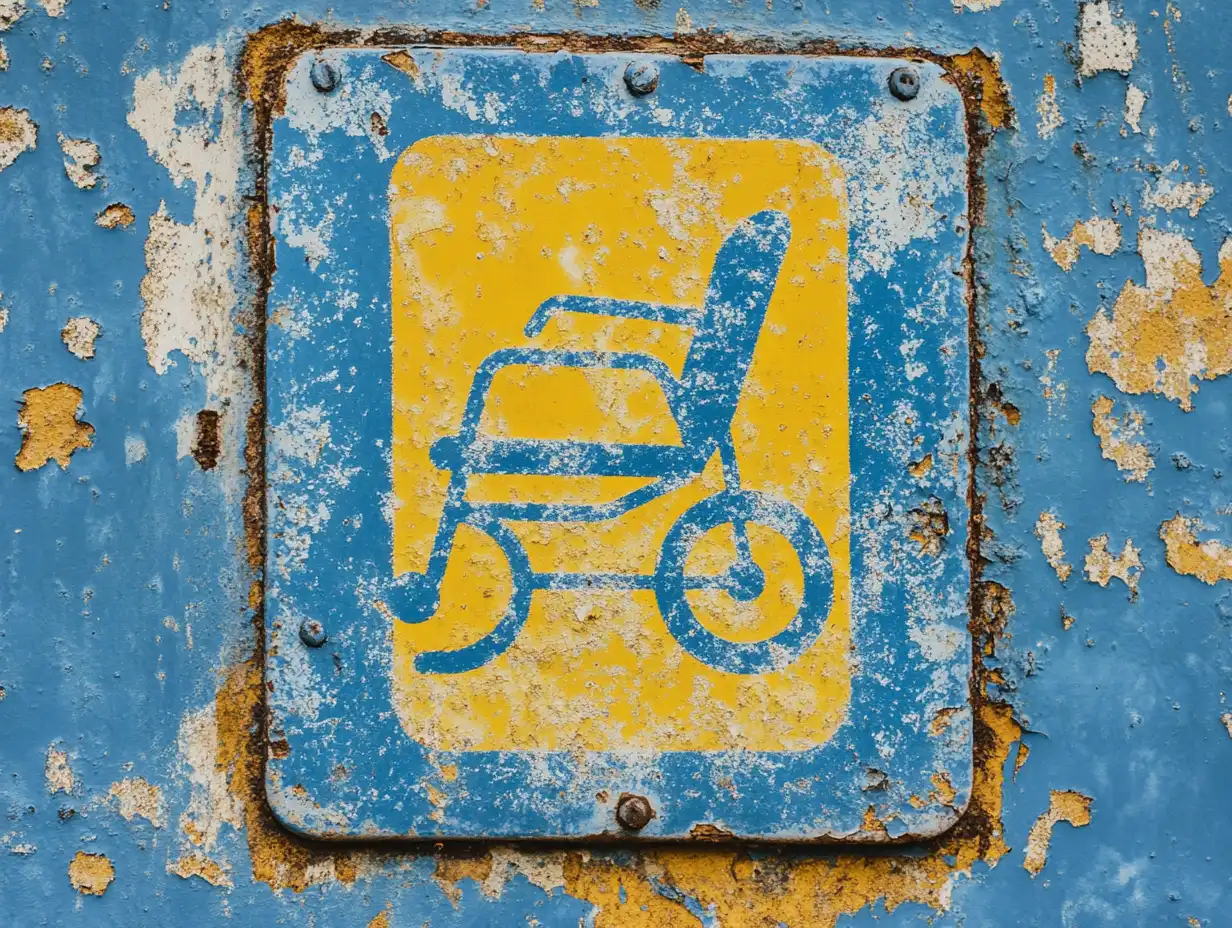
Defining Disability Inclusion
Disability inclusion refers to the active integration of people with disabilities in all aspects of urban life. This includes access to buildings, transport systems, public spaces, and services. Standards such as the Americans with Disabilities Act (ADA) guide the incorporation of features like wheelchair ramps, tactile surfaces, and accessible signage. Incorporating these elements fosters an environment where people with disabilities can participate fully in civic life.
Importance of Inclusive Cities
Inclusive cities enhance the quality of life for all residents. Accessible design minimizes barriers, ensuring that people with disabilities can travel safely, engage with their communities, and access essential services. Research from the World Health Organization (WHO) shows that inclusive environments not only promote independence but also contribute to economic growth by allowing more people to participate in the workforce. In addition, cities that embrace inclusivity foster social cohesion, creating a sense of belonging and improving well-being for everyone.
Key Principles of Designing Cities for Disability Inclusion
Designing cities for disability inclusion involves fundamental principles that ensure spaces are accessible and welcoming for everyone. We focus on creating environments that remove barriers and foster equal opportunities.
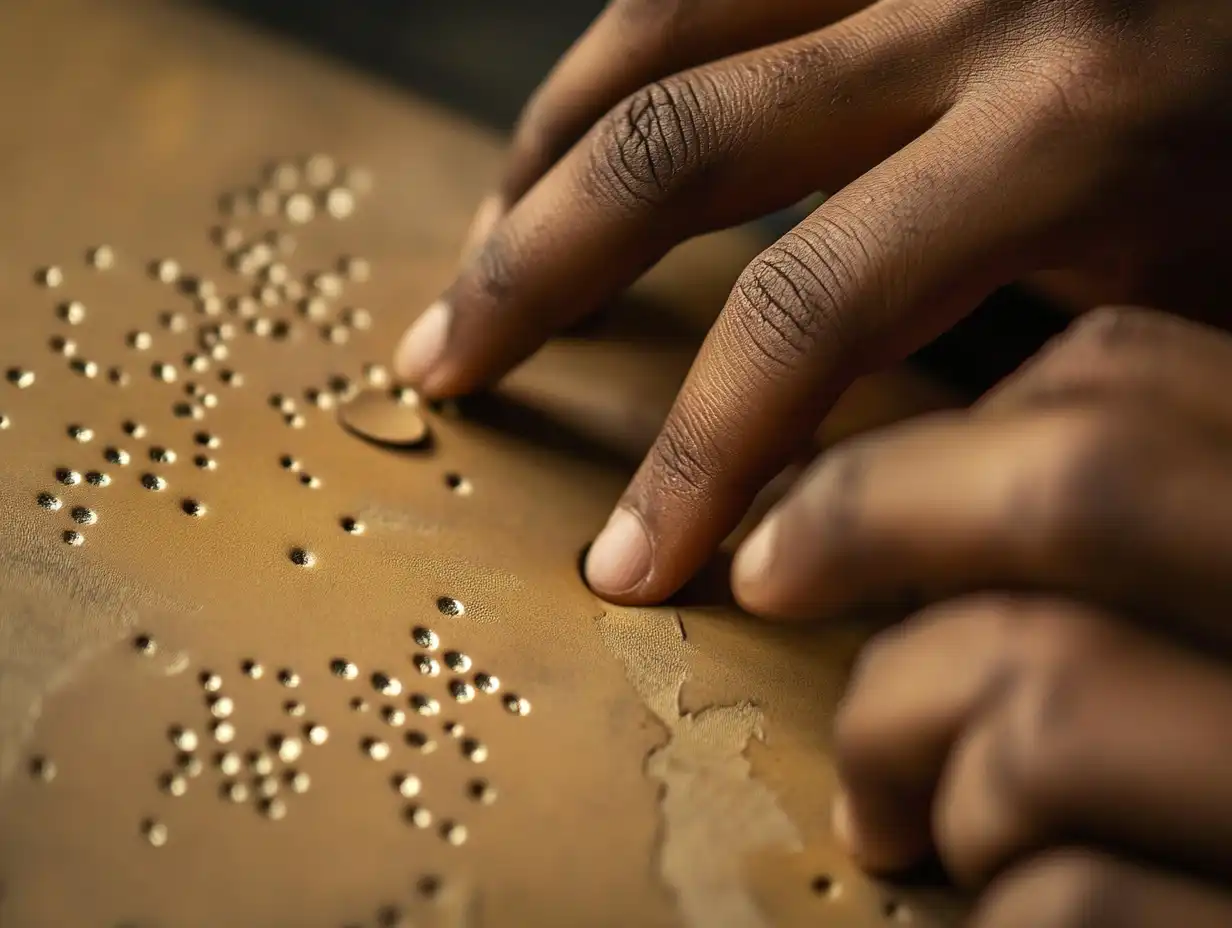
Accessibility in Urban Spaces
Accessibility in urban spaces emphasizes the need for all individuals, regardless of their abilities, to navigate cities easily. We incorporate features such as:
- Ramps and Lifts: Installing ramps and elevators at buildings and transport hubs ensures wheelchair users and others with mobility challenges can access essential services.
- Curb Cuts: Implementing curb cuts at intersections allows smooth transitions from sidewalks to streets, enhancing mobility for individuals with disabilities.
- Accessible Public Transit: Providing low-floor buses and accessible train stations enables people with disabilities to use public transport independently.
- Clear Signage: Utilizing tactile and visual signage helps individuals with visual impairments navigate public spaces effectively.
- Inclusive Recreation Areas: Designing parks with adaptive play equipment fosters social interaction among all children and promotes inclusivity.
Universal Design Strategies
Universal design strategies focus on creating environments that meet the broadest range of needs from the beginning. Our key approaches include:
- Flexibility in Use: Ensuring spaces and facilities can accommodate various preferences and abilities, such as adjustable tables and seating options.
- Equitable Use: Designing features that are useful to individuals with diverse abilities, such as automatic doors that require minimal effort to open.
- Simple and Intuitive Use: Creating layouts that are easy to understand increases usability for all individuals. This includes logical navigation paths and recognizable landmarks.
- Low Physical Effort: Designing environments that minimize fatigue during use, like pedestrian-friendly streets and accessible routes, promotes engagement for everyone.
- Aesthetic and Effective Design: Combining beauty with functionality helps create inspiring and accessible spaces without compromising on aesthetics.
By adhering to these principles, we build cities that truly embrace disability inclusion, turning urban spaces into thriving environments for all individuals.
Challenges in Implementing Inclusive Design
Implementing inclusive design in cities faces several challenges that hinder progress. Addressing these issues requires a concerted effort from various stakeholders.
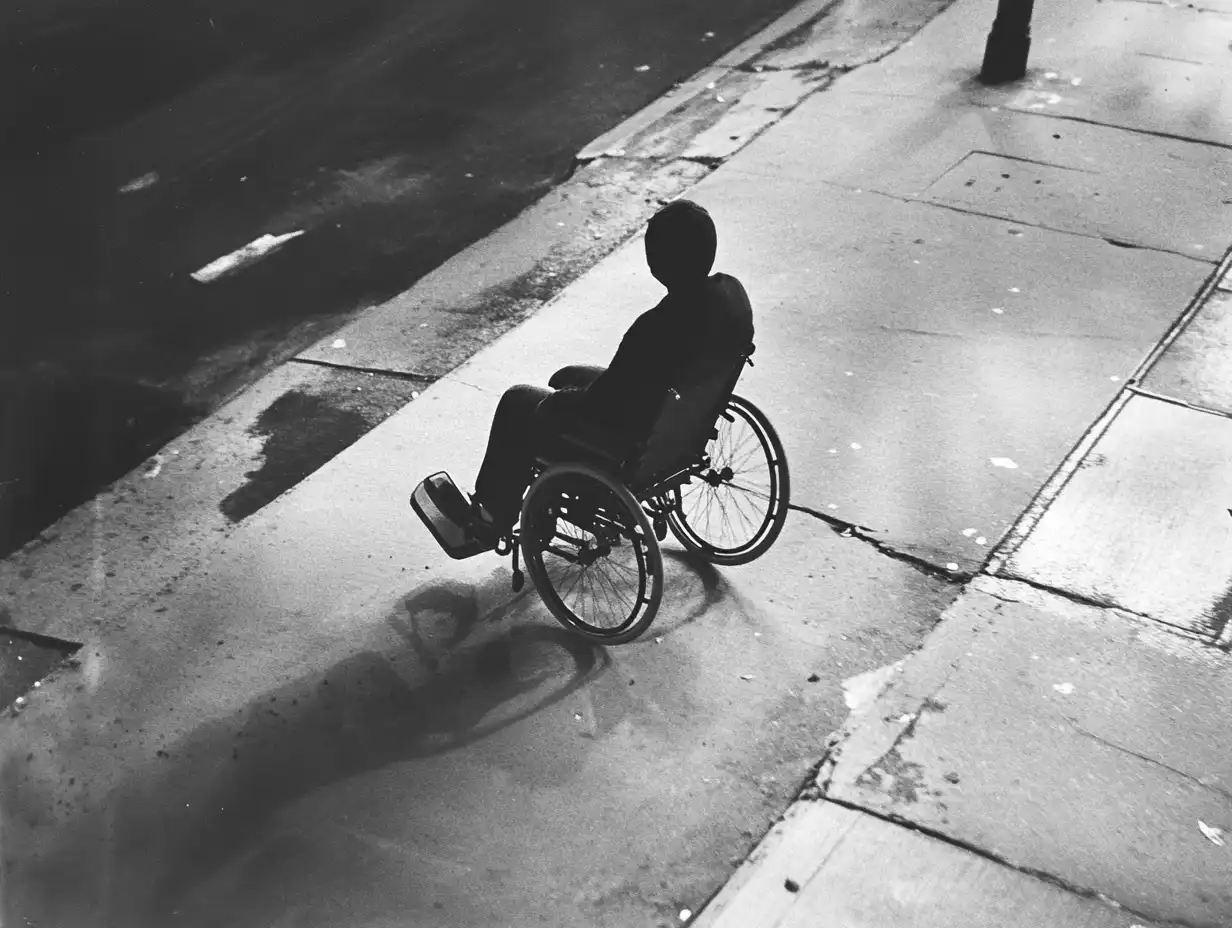
Budget Constraints
Budget constraints pose significant challenges in the implementation of inclusive design. Municipal budgets often prioritize immediate infrastructure needs over long-term accessibility goals. Limited funding can result in a lack of resources for retrofitting existing structures or creating new, accessible environments. Local governments may face financial pressures that restrict their ability to integrate inclusive design principles, leading to incomplete projects. Additionally, cost-effective solutions must balance quality and accessibility, which can complicate decision-making processes. For successful inclusive design, cities must prioritize allocation of sufficient funds towards accessibility initiatives.
Public Awareness and Education
Public awareness and education on disability inclusion significantly influence the implementation of inclusive design. Many community members and decision-makers may lack awareness of the needs of individuals with disabilities, resulting in oversight during the planning stages. Education campaigns are essential to foster understanding of the benefits of inclusive design. Engaging stakeholders, including residents, urban planners, and developers, creates a more informed approach to accessibility. Workshops, forums, and training sessions can help raise awareness and promote advocacy for inclusive practices. Fostering a culture of inclusivity requires continuous education and outreach to ensure that all voices are heard in urban planning discussions.
Successful Case Studies
Numerous cities around the globe showcase the benefits of disability inclusion in urban design. These successful case studies illustrate effective strategies and lessons learned that can guide future initiatives.
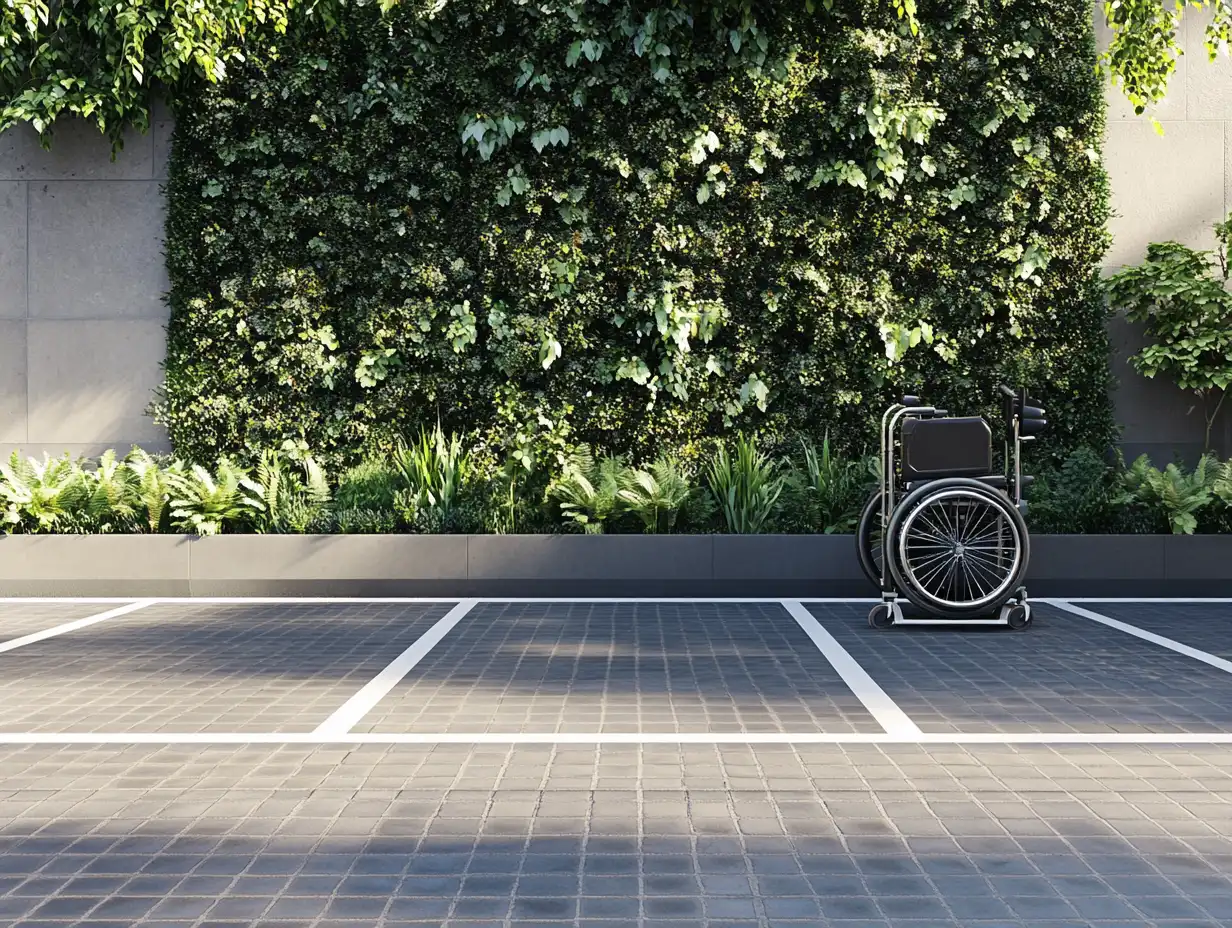
Best Practices from Around the World
- Barcelona, Spain: Implemented the “Universal Access Plan,” enhancing public transportation by incorporating low-floor buses and creating accessible routes. The city features tactile paving, ensuring that individuals with visual impairments navigate safely.
- London, United Kingdom: Adopted the “Transport Accessibility Action Plan,” focusing on improving access to the Underground. Key measures include step-free access stations and visual and auditory aids for navigation, contributing to more inclusive travel experiences.
- Melbourne, Australia: Developed the “Disability Inclusion Plan,” emphasizing community engagement. The city prioritizes feedback from individuals with disabilities in its design processes, leading to better public spaces, parks, and facilities that meet diverse needs.
- Toronto, Canada: Launched the “Accessibility for Ontarians with Disabilities Act,” which mandates accessible design in new infrastructure. The initiative ensures that public buildings are equipped with ramps, elevators, and well-placed signage to aid navigation.
- Oslo, Norway: Introduced the “City for All” initiative, focusing on accessible public transport and green spaces. Enhancements like wide, even pathways and accessible playgrounds encourage participation from all residents, regardless of ability.
Lessons Learned from Inclusive Cities
- Community Involvement: Engaging individuals with disabilities in the planning process leads to more effective solutions. Their firsthand experiences guide improvements and foster authentic inclusivity.
- Continuous Assessment: Regular assessments and updates of existing infrastructures maintain accessibility standards. Adapting to evolving needs ensures that cities remain inclusive environments.
- Cross-Sector Collaboration: Effective inclusion requires cooperation among government agencies, non-profits, and community groups. Building partnerships facilitates resource sharing and broader advocacy efforts.
- Education and Awareness: Promoting understanding of disability issues among decision-makers enhances problem-solving. Workshops and training programs help create an inclusive mindset within local governments and communities.
- Budgetary Commitment: Securing funding for inclusive design projects is crucial. Cities must prioritize accessibility in their budgets to allow for sustainable implementation of inclusive measures.
By examining these global examples, we can adopt effective strategies and avoid common pitfalls, laying the groundwork for successful urban designs that truly embrace disability inclusion.
Future Directions in Urban Planning
Advancements in urban planning for disability inclusion rely heavily on innovation and community involvement. These two elements work together to create environments that cater to diverse needs.
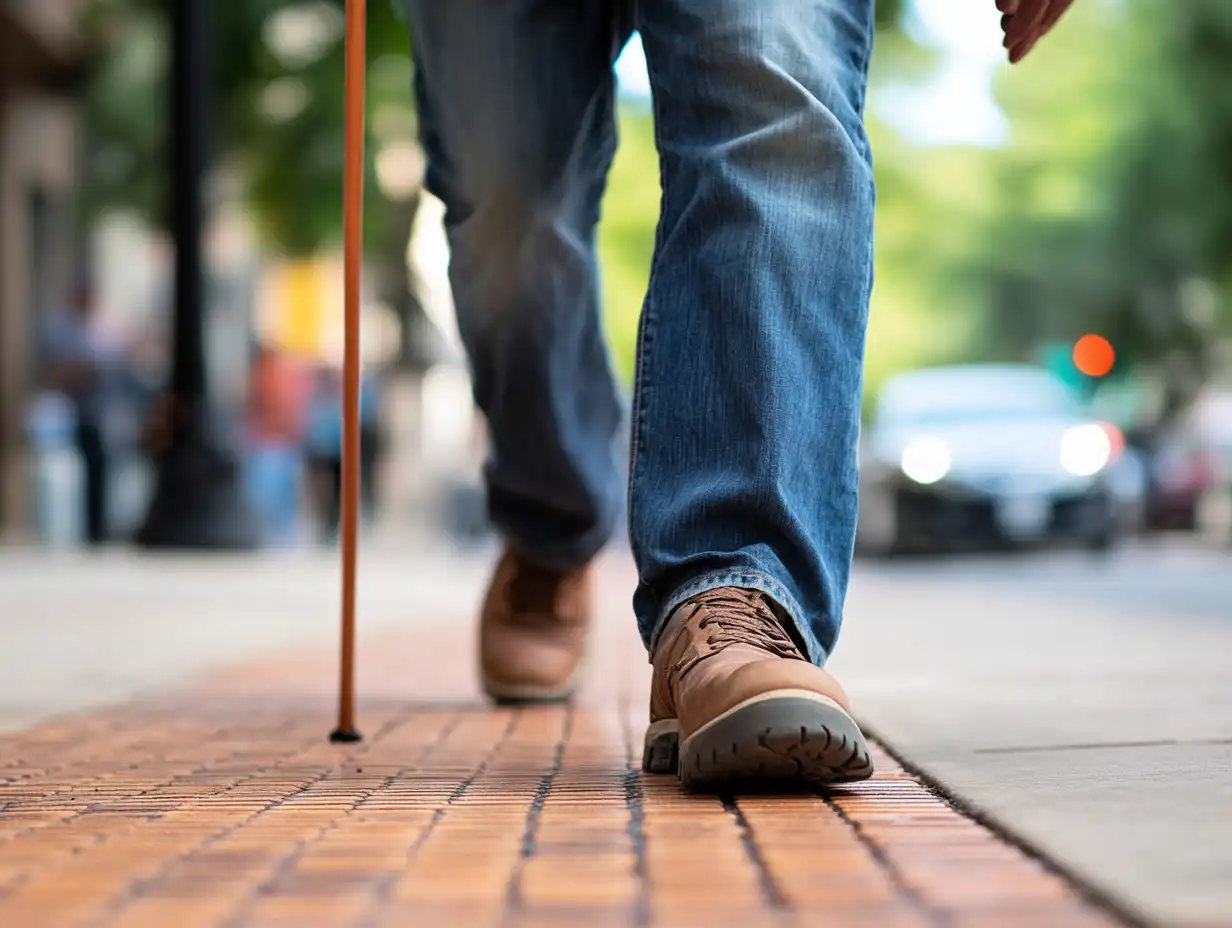
Innovative Technologies for Inclusion
Innovative technologies play a crucial role in enhancing accessibility across urban landscapes. We can leverage tools such as smart traffic signals, which adjust timing based on pedestrian needs, ensuring safe crossings for people with disabilities. Additionally, wayfinding apps that provide real-time navigation assist individuals in finding accessible routes in public spaces.
Assistive technologies like augmented reality (AR) can offer tailored information about surroundings, helping individuals with visual impairments navigate effectively. Furthermore, incorporating sensory-friendly designs, such as sound-activated features or tactile paths, enhances the experience for those with sensory sensitivities. Through these technologies, cities evolve into more inclusive environments that prioritize the needs of all residents.
Community Engagement in Design Process
Community engagement ensures that urban planning meets the real needs of residents, particularly individuals with disabilities. We advocate for inclusive workshops, where residents can share their experiences and provide input on proposed designs. By involving community members, cities can identify barriers that may not be evident to planners.
Collaboration with local disability organizations fosters deeper insights and promotes advocacy for inclusive practices. Regular feedback loops allow us to refine designs based on community experiences, ensuring continuous improvement. By prioritizing community engagement in the design process, we create urban spaces that reflect the diverse voices of all individuals, fostering inclusion and belonging.
Conclusion
Designing cities for disability inclusion embodies a commitment to accessibility for all individuals. Emphasizing universal design principles promotes environments that accommodate diverse needs. By prioritizing the removal of barriers, we enhance not only the quality of life for people with disabilities but also strengthen community ties.
Implementing strategies such as accessible public transport, clear signage, and inclusive recreation areas significantly increases civic participation. Furthermore, these features create vibrant urban spaces that serve the entire population. We must advocate for educational campaigns to raise public awareness, which can influence the successful adoption of inclusive practices.
Successful case studies from various cities underscore the efficacy of disability inclusion efforts. Strategies like community engagement and budgetary commitments illustrate how cities can effectively invest in accessible infrastructure. Emphasizing collaboration among stakeholders ensures that urban design truly represents the needs of all citizens.
By embracing innovation and encouraging community involvement, future urban planning can enhance accessibility. Technologies like smart traffic signals and wayfinding apps not only improve daily navigation for all but also promote a culture of inclusivity. Our collective focus on these elements bolsters our pursuit of a more welcoming and inclusive city environment for everyone.
- accessibility in urban development
- accessible city design
- accessible city planning
- accessible public spaces
- accessible transport solutions
- barrier-free urban planning
- city design for disabilities
- design for all urban planning
- designing for disability access
- disability inclusion urban design
- equitable urban planning
- inclusive architecture for disabled
- inclusive cities for disabled
- inclusive city infrastructure
- inclusive urban development
- mobility solutions for disabled
- smart cities for disability inclusion
- universal design urban spaces
- urban design for inclusivity
- urban spaces accessibility







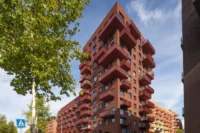








Leave a comment